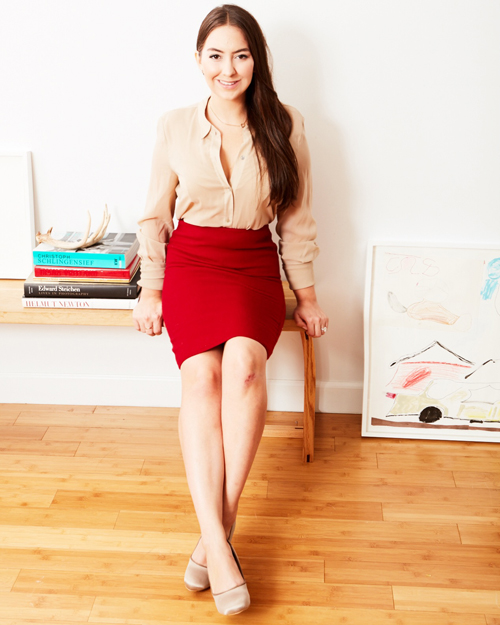Interview – Madelaine D’Angelo

© Arthena
The Silicon Valley and New York based company Arthena has developed the first quantitative strategy that enables individuals and institutions to invest in the Art Market. Each fund is made up of a specific portfolio of works: a consistent set of artworks, targeting a specific Art Market sector with explicit risk tolerance strategy, ranging from “store of wealth” to “aggressive.”
Madelaine D’Angelo, co-founder and CEO of Arthena, explains how Arthena’s strategy is opening up access to the Art Market.
Artprice: Why would one decide to invest $10,000 in Arthena’s funds rather than personally in an artwork?
Madelaine D’Angelo: At Arthena, we have observed that about 70% of our users are neophytes to the Art Market. The Art Market can be intimidating, especially because the main qualifier for investing in Art is to purchase well. In fact, when you look at the majority of collectors, even if they are collecting for the love of Art, they are also considering whether or not it is also an investment.
Fundamentally, the distinctive characteristic of individuals willing to invest in one of our funds versus a more traditional collector profile is that they primarily see us as an entry and gateway to understanding the Art Market. They see that the Art Market is performing exceedingly well, and they have observed this for the past decade (since the last recession). They want exposure without having to spend the time to develop that kind of connoisseurship, or hire someone who has that kind of expertise, in order to diversify their portfolio.
Artprice: Can you briefly describe how Arthena’s team uses analytics in order to control the return and the risk of its investments?
Madelaine D’Angelo: We’ve pioneered a quantitative strategy for Art asset acquisitions. The pricing model that we’ve developed allows us to make targeted investment decisions in the sectors that we consider to have the strongest historical return and the highest liquidity. With that, we are able to build funds that achieve portfolio optimization, with a targeted return rate and level of financial analysis comparable to any other alternative product they may have already be invested in or be considering.
There are a lot of studies floating around that show how the entirety of the Art Market has low correlation with the S&P 500. But quite frankly, there is a predominance of artists that directly correlate with the S&P. Our methodology allows us to compare Art assets in a truly financial way. Not only to make traditional investment decisions but to also identify what is uncorrelated and what is set to outperform the benchmark of the overall Art Market.
Here at Arthena, we focus our funds particularly in the categories of Emerging Art, Post War to Contemporary, and Modern Art, which we know accounts for about 70% of the US Art Market. We are looking at our investments from a liquidity point of view: all the artists we consider have a strong historical track record.
Artprice: How would you describe the added-value of Arthena in the Art Market?
Madelaine D’Angelo: We use data science to evaluate investment opportunities. By combining our quantitative model with human intelligence to analyze the Art Market, we identify works with strong potential and low rate of volatility in order to deliver strong returns to our investors.
Ultimately, the way we look at and evaluate our products is the same way any investor would look at any other financial product. It just so happens that our funds involve Art.






 0
0
